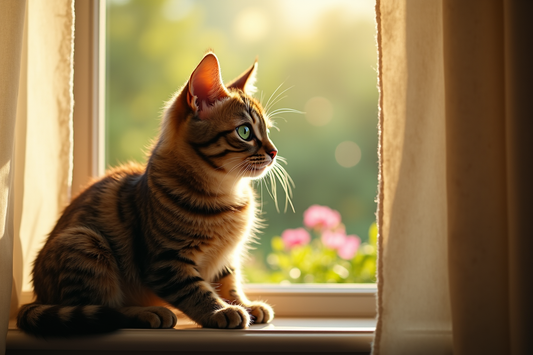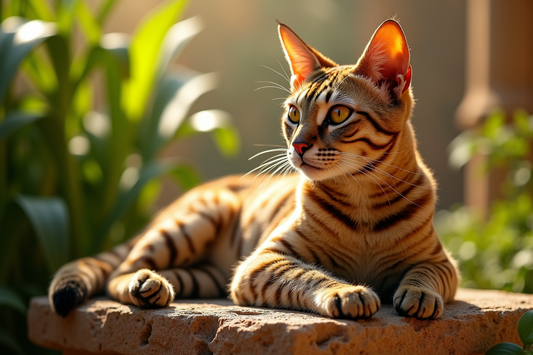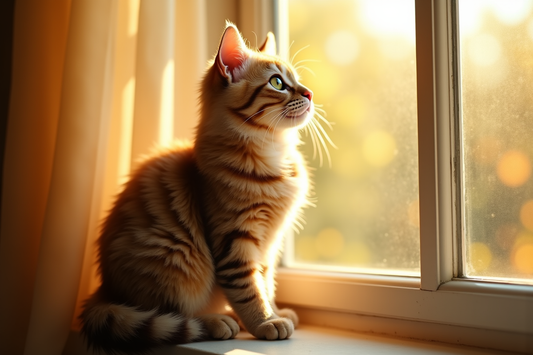A Brush with Fur

The Hidden Paw: Unraveling the Science of Felin...
The Hidden Paw: Unraveling the Science of Feline Paw Preference, Handedness, and What It Means for Cat Cognition Have you ever noticed your cat consistently using one paw over the...
The Hidden Paw: Unraveling the Science of Felin...
The Hidden Paw: Unraveling the Science of Feline Paw Preference, Handedness, and What It Means for Cat Cognition Have you ever noticed your cat consistently using one paw over the...

Understanding Feline Emotions: Do Cats Really G...
In the intricate tapestry of feline emotions, jealousy stands out as a particularly intriguing thread. While many cat owners might dismiss their pet's possessive behaviors as mere quirks, emerging research...
Understanding Feline Emotions: Do Cats Really G...
In the intricate tapestry of feline emotions, jealousy stands out as a particularly intriguing thread. While many cat owners might dismiss their pet's possessive behaviors as mere quirks, emerging research...

The Science Behind a Cat’s Purring and Its Bene...
-soothing mechanism for cats, enhancing their interactions with humans and other animals. Research suggests that the vibrations from purring can aid in reducing stress and anxiety in humans, offering potential...
The Science Behind a Cat’s Purring and Its Bene...
-soothing mechanism for cats, enhancing their interactions with humans and other animals. Research suggests that the vibrations from purring can aid in reducing stress and anxiety in humans, offering potential...

The Multifaceted Role of Cats in Ancient Egypti...
The Multifaceted Role of Cats in Ancient Egyptian Society: Symbolism, Daily Life, and Spirituality In ancient Egypt, cats were more than just pets; they were revered as symbols of protection,...
The Multifaceted Role of Cats in Ancient Egypti...
The Multifaceted Role of Cats in Ancient Egyptian Society: Symbolism, Daily Life, and Spirituality In ancient Egypt, cats were more than just pets; they were revered as symbols of protection,...

How Cats Detect Illness in Humans: The Science ...
How Cats Detect Illness in Humans: The Science and Secrets Behind Their Amazing Senses Cats have long been celebrated for their mysterious ability to sense changes in human health, a...
How Cats Detect Illness in Humans: The Science ...
How Cats Detect Illness in Humans: The Science and Secrets Behind Their Amazing Senses Cats have long been celebrated for their mysterious ability to sense changes in human health, a...

Do Cats Understand Human Facial Expressions? Un...
Do Cats Understand Human Facial Expressions? Unveiling Feline Emotional Perception As cat owners, we often wonder if our feline companions can truly understand us, especially when it comes to interpreting...
Do Cats Understand Human Facial Expressions? Un...
Do Cats Understand Human Facial Expressions? Unveiling Feline Emotional Perception As cat owners, we often wonder if our feline companions can truly understand us, especially when it comes to interpreting...
